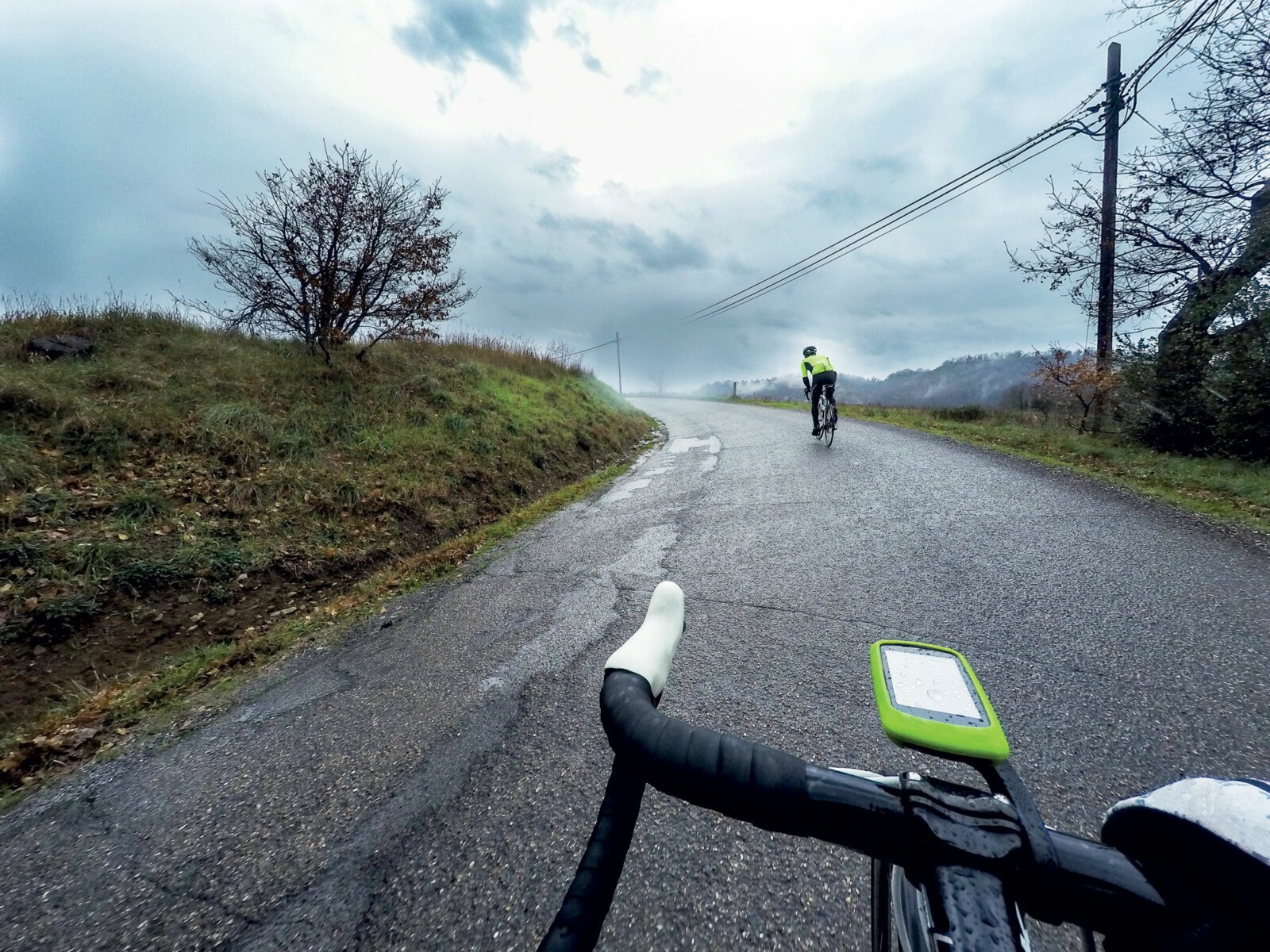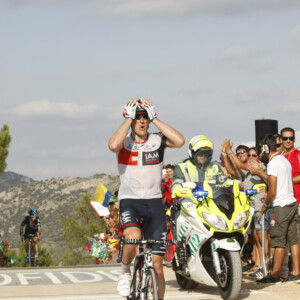It’s that time of year. That time where you begin struggling to roll out of bed. Dragging your body outside to exercise in ever decreasing morning light and temperature. You can see your breath drifting off into the air, as you exit the front door, not unlike your motivation. Though your brain says otherwise, you know you need to make improvements before the next race season. However, no matter how hard you exercise, you notice you fatigue early. You lack grind on mountain climbs and power on sprints. Your body feels like it’s running in its hardest gear. What you are noticing is your immune system collapsing and it needs attention like the rest of your body. Understanding its impact and avoiding immune system meltdown, known as overtraining syndrome, is the key to this winter’s fastest climbs, quickest sprints, and best Strava segments.
The Immune System
It’s commonly known that the immune system protects the body from external disease, but lesser known is that it encourages wear and tear healing caused by exercise. Previously, ‘The Open Window Theory’ believed that after exercise the immune system was trashed, allowing nasties in. Today we know that elite cyclists, weekend warriors and couch potatoes all get on average 2-4 colds a year. Immunity does decrease 15-25% after exercise but is it a problem, probably not. Immune impaired hospital patients need to lose 50-60% of immunity to actually pick up the common cold. Exercising at least an hour a day has been shown to actually reduce bouts of the common cold. Those who do the most exercise, within reason, suffer the fewest colds and for the least amount of time. A 2016 review of the evidence confirmed exercising in challenging climates really doesn’t make you worse off but potentially toughens your immunity up. So if it’s not the fact that you had a group ride in the rain, but forgot your jacket, that makes you sick then there must be other important factors.
“Strong immune systems are influenced by genetics, training loads, psychological stress, environmental stress and lifestyle factors such as diet, sleep, and hygiene,” says Professor David Pyne, Senior Sports Physiologist at the Australian Institute of Sport. “Hygiene is important, so a lot of work is necessary to educate athletes on the importance of washing hands, coughing etiquette and avoiding infected individuals.” Surprisingly, psychological stress is one of the strongest factors influencing immune health. In a dramatic study where drops of live common cold were given to athletes, those who went on to develop full-blown colds were the most stressed. Good sleep is heavily associated with strong immune health, which is no great surprise. However, people who get overly stressed about not getting enough sleep, often defeat the benefits sleep provides.
The simplest thing to improve sleep is to turn off phones at night, or at a minimum, turn off the ‘blue light’ they emit. The blue light reduces sleep chemicals produced in the brain, reducing your chances of getting sleepy.
So do we fully understand the role of the immune system in exercise? “Absolutely not,” says Associate Professor Tim Crowe from Deakin University. “The immune system is complex and the role of exercise is not fully understood. Combine that with sports nutrition which is a very young science, then you can appreciate nutrition recommendations are not always based on the highest quality evidence and that they change over time.”
Nutrition and the Immune System
One area of the immune system that we have some control over is what foods we feed it. When you exercise, you release stress hormones that can lower your immune function. Good news is that consuming mixes of protein and carbohydrates after exercise reduces the impact of stress hormones. “So the post-exercise meal is not just refuelling the muscles but provides immune function benefits,” says Accredited Practising Sports Dietitian, Simone Austin, dietitian to the Hawthorn Football Club. “A good diet is essential,” but it does not need to be perfect, “an 8/10 diet as a guide,” Simone adds. “Pack a peanut butter sandwich and a tub of yoghurt, a banana smoothie, a can of tuna and dry biscuits to eat straight after exercise.” Expensive supplements, although beneficial for some, are not the only way to get the nutrients you need.
Vitamin C
A long-term balanced diet, that supplies all essential vitamins and minerals, is the best way to ensure strong immune health. Simone believes “Vitamin C, zinc and possibly iron are the top three” to monitor for immune function, with supplementation only required if your levels are actually low. Vitamin C is not efficiently stored in the body so it is necessary to consume it. “Around three pieces of fruit per day should supply sufficient vitamin C” for most active people. However, excess vitamin C is removed from the body, so supplementation probably won’t improve your cold.
Carbohydrates
Carbohydrates are important to reduce fatigue and provide critical energy. Carbohydrate intake during exercise can improve mood and reduce mental stress, two factors that impact immune health. For exercise such as cycling where weight can be a factor, it is important to monitor adequate carbohydrate intake when shedding body weight. “Carbohydrates taken during exercise have clear benefits in reducing risks of overtraining by altering stress hormones and inflammation,” says Associate Professor Crowe, “This important relationship gets lost in the current exuberance to embrace low-carbohydrate diets in sport.” Immune cells actually need carbohydrate. Research examining exercise while consuming low carbohydrate diets found increased stress hormones, meaning the
body takes longer to rest
and recover.
Protein
Protein is now becoming important for all sports, not just for getting ripped. Protein is required for muscle recovery but also builds white blood cells and hormones to protect the body. “Protein spread out evenly through the day is probably most effective,” and often contains “valuable vitamins and minerals,” Simone notes. Choose quality protein providing foods like nuts which contain manganese and magnesium, meats and fish for iron, seafood containing zinc, and milk with its calcium and phosphorous. Protein intake across the day for exercise, including endurance sports, should now be closer to 1.8-2.0g/kg body weight to gain full benefit.
Vitamin D
Vitamin D interest is now gaining traction with common colds appearing more often in those with low vitamin D. One theory is that common colds are more prevalent in winter due to the fact there is less sunlight, which is where we get most of our vitamin D. Sunlight exposure for 15 mins a day provides most people with their vitamin D requirement without risking getting burnt. Longer than this, you really need to slip, slop, slap!
Probiotics
More recently the Australian Institute of Sport, including Professor Pyne, have been examining the importance of probiotics and good gut health. With 100 trillion microorganisms living in your gut, chances are they have a big impact! Examining how exercise positively impacts gut bacteria balance has the potential to help explain inflammatory bowel disease and colon cancer. Associate Professor Crowe believes “There is some interesting research emerging supporting the role of probiotics in reducing infection risk in endurance-trained athletes. On the flip side, I would describe any rationale for taking high-dose antioxidant supplements to assist recovery as ‘dead’ with research studies showing no longer-term performance benefit and likely impairment of important exercise training adaptations. Get your antioxidants from food, not a pill.” Simone agrees, “Gut health seems important for immune function, with good bacteria potentially helping prevent pathogen invasion. Eat your yoghurt!”
Overtraining Syndrome
So how much is too much when it comes to exercise? Evidence shows that the greatest factor influencing the common cold is exercise duration. Cycling a lot of kilometres a week will potentially reduce the risk of a cold, but deciding to do excessive kilometres for weeks on end with no rest period, can expose you to a problem called overtraining syndrome. Clinically defined, overtraining syndrome is excessive exercise performed without adequate rest resulting in nervous, hormonal and immune system damage. Overtraining syndrome causes excessive fatigue and mood changes that are difficult to recover from. It is difficult to properly diagnose but if you start putting in excessive kilometres each week without proper recovery, you may begin to feel yourself slipping into it. Professor Pyne believes “The athlete, coach, friends and family should be aware of the signs of overtraining. These include poor performances, high fatigue even after rest, reduced body weight, illness and mood change.” Associate Professor Crowe adds “You can’t go past the three R’s: Rest. Refuel. Rehydrate. Refuelling should be a good mix of minimally processed food rather than relying on shakes, gels and bars.” Both agree that taking note of your body’s signals and reducing exercise accordingly is critical. “Mild symptoms warrant a reduction in training, moderate to severe warrant cessation and a professional opinion,” says Professor Pyne. For those prescribing to the ‘no days off’ mentality, if you end up with at least 2-4 colds a year, plus overtraining syndrome, you are probably going to knock considerably more holes in your training than if you just had a rest.
Final Thoughts
The future of research is now measuring immune function through tears. Evidence appears to show that common colds could be predicted through changes in tear chemicals. The amazing race is now on to create contact lenses that read these chemicals. I propose someone works out how to integrate this technology into cycling glasses and you’ll be able to retire very comfortably! Until then, eat well, exercise within your limits and you will hopefully set your best Strava times this winter.
Expert Credits – Professor David Pyne (www.ausport.gov.au)
Simone Austin SDA
(www.simoneaustin.com)
Associate Professor Tim Crowe (www.thinkingnutrition.com.au)


